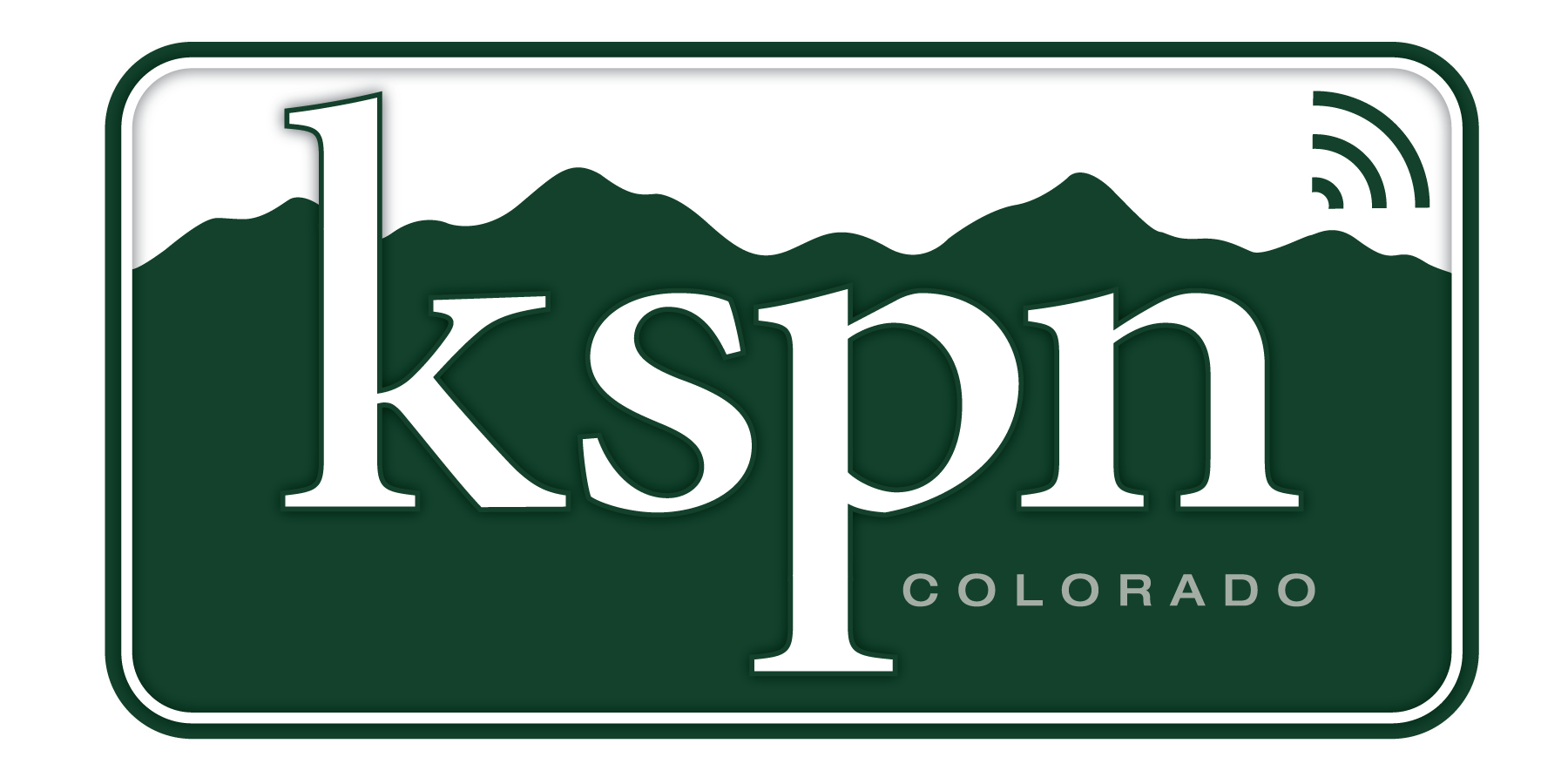
For those of you out there who are residents of Colorado and are registered voters (an admittedly self-limiting and arguably diminishing subset of our population), this is it.
It’s time to put your mark where your mouth is, and cast your first vote in the ongoing political circus known as the 2020 election cycle.
This year, thanks to our state’s rather schizophrenic electoral politics, we are having both a presidential primary (ballots must be received by local election clerks by March 3, meaning if you mail it in it should be posted by Feb. 25) and party caucuses starting next month.
And new this year, in a move hailed by progressive electoral advocates, unaffiliated voters (not members of any political party) may cast ballots in either the Democrats’ or the Republicans’ presidential primary. Don’t try to vote in both of the primaries, though, or your ballots will be tossed out and not counted.
When it comes time to caucus for U.S. Senate seats and various down-ballot offices, we will once again be transported back in time to the days when caucus gatherings were all the rage around the country. Colorado, for example, first began using the caucus system in 1910, which turned control of the state’s electoral machinery over to a relatively small number of dedicated political junkies who would meet in school auditoriums, municipal offices, coffee shops and just about anywhere they could to pick delegates to the local and state conventions. The chosen delegates, at the state convention, would then pick the candidates who would advance to yet another primary in June, and/or who would appear on statewide ballots in November.
But in recent decades the caucuses lost some of their earlier popularity, as states around the nation began switching to direct elections, whether in primaries or in the November general election.
In Colorado, the use of the caucus system, an antiquated and some say anti-democratic and outmoded mechanism for picking the state’s preferred presidential candidates, actually was eliminated by the voters in 1992 in favor of primary elections. The last primary in this state was in 2000, after which the state returned to the caucus system for two decades.
But, following a statewide vote in 2016 (that’s the same election in which we dumped Donald J. Trump and voted for Hillary Clinton as president, but we all know how that went), Colorado again dropped the caucus system in favor of presidential primaries, but kept caucusing alive for the down-ballot races.
And that’s where we stand today, roughly and generally speaking.
By now, voters have gotten ballots in the mail, listing seven candidates in the Republican primary and 17 in the Democratic primary. The list of Democrat hopefuls, unfortunately, contains several names of candidates who have dropped out of the race in the time since the ballots were printed.
A quick online search will tell you who is actually running for the Democrats’ nomination, but suffice it to say that it’s about eight people, compared with the 28 or so who at one time or another were in the race, at least according to The New York Times.
One who is not running any more, for example, is John Delaney, a former state legislator from Maryland, who was the first out of the gate when he declared his run way back in 2017, but who dropped out Jan. 31 of this year after failing to catch fire with just about anyone outside his home state.
Also out is Colorado Sen. Michael Bennet, who suspended his candidacy earlier this month despite winning a bunch of endorsements and seeming to be poised to break out from the pack of underperforming hopefuls.
On the Republican side, of course, there is the incumbent, whose name need not be mentioned, and former Massachusetts Gov. William Weld. Weld, who was on the Libertarian ballot for president in 2016, has been running this time for about a year, though you never hear much about him in the national press.
The big Democratic guns in the race, of course, are Bernie Sanders, Pete Buttigieg, Elizabeth Warren, Amy Klobuchar and Joe Biden.
As have many voters in Colorado and around the nation, I’ve been vacillating about whom should get my primary vote, mostly focusing on Warren, Sanders and Klobuchar. Today, if I were to fill in the little ovals on my mail-in ballot, I’d probably go for Sanders, because I agree with many of his positions, I believe he can beat Trump in the general election and that he would be a great antidote to all of the damage Trump has done to our democracy in the past three-and-a-half years.
Of course, for Sanders to actually get anything done, the Dems need to take back the Senate and hold onto the House, neither of which is in any way guaranteed at this point, but that’s another column.
Onward through the fog, my fellow voters, and whatever you do, get out there and VOTE.
Email at jbcolson51@gmail.com.

